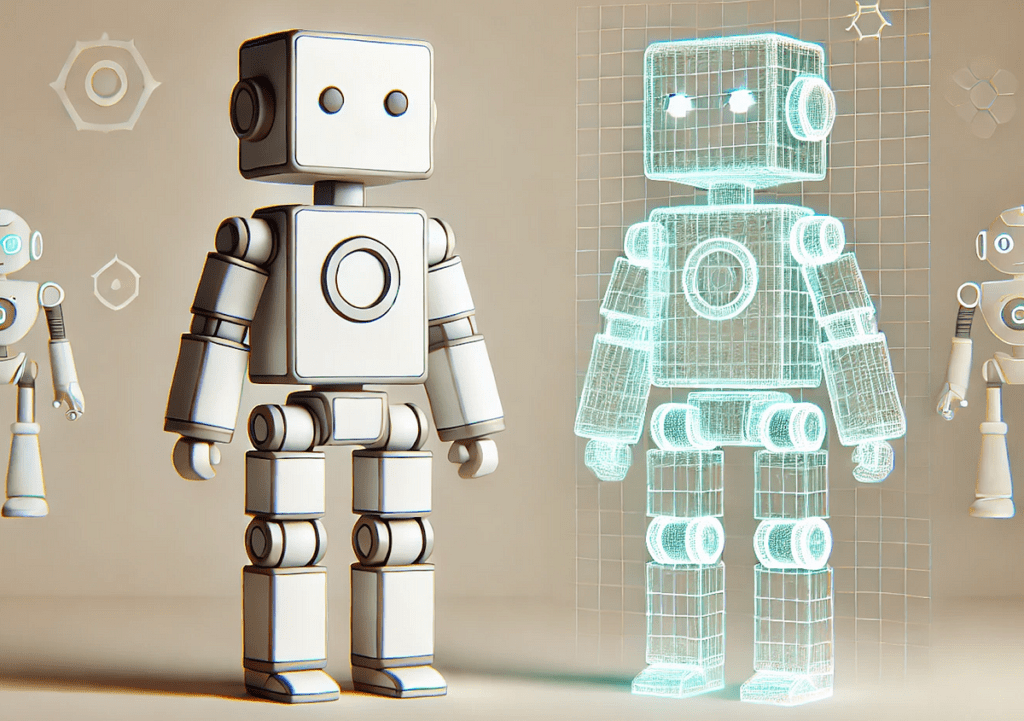Bridging the Physical and Digital Worlds
Have you come across the term "digital twins" lately? I certainly have! This buzzword, which I first encountered during a conference plenary, has been popping up everywhere.
At its essence, a digital twin is a virtual counterpart of a physical object—be it a machine, a building, or even something as vast as a planet. Thanks to advancements in computing power in recent years, creating these virtual replicas is not just a futuristic concept but a reality that’s unfolding right now.
What Exactly Is a Digital Twin?
So, you might wonder, what truly defines a digital twin, and why is it hailed as the next big thing in technological innovation? Let’s dive deeper!
Imagine if you had a twin who wasn’t a real person but a digital version of yourself. Picture this: this digital twin lives on a computer, tracking real-time data about your health. It could provide insights on stress levels, blood pressure, or even predict potential health issues before they arise. Fascinating, right?
Practical Insights: The Car Analogy
While envisioning a digital twin of yourself is thought-provoking, let’s look at a more relatable example—your car. Imagine having a digital twin of your vehicle that lets you monitor how well the engine is performing or when the brakes might need some attention. This digital replica could also alert you with maintenance reminders, ensuring your car runs smoothly and efficiently.
To put this into context, consider that many of us receive those little maintenance stickers reminding us when to change our oil. With a digital twin, you wouldn’t even need that sticker; your car would tell you itself!
Why Should You Care?
Now, why is this important? The use of digital twins goes beyond just personal convenience; they represent a transformational shift in how we interact with technology and data. From predictive maintenance in industries to enhancing urban infrastructure, the possibilities are endless.
As we further embrace this technology, we can envision smarter cities, more efficient manufacturing, and even improved healthcare systems. But this shift doesn’t come without challenges, including data privacy and integration complexity that we must address as we move forward.
Conclusion
Digital twins epitomize the bridge between the physical and digital realms. They have the potential not only to enhance individual ownership experiences but also to revolutionize various industries. The merging of these worlds is just beginning, and the future holds exciting possibilities.
The AI Buzz Hub team is excited to see where these breakthroughs take us. Want to stay in the loop on all things AI? Subscribe to our newsletter or share this article with your fellow enthusiasts!




